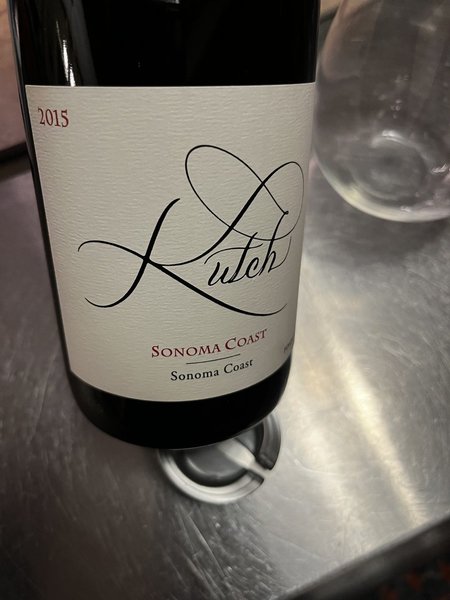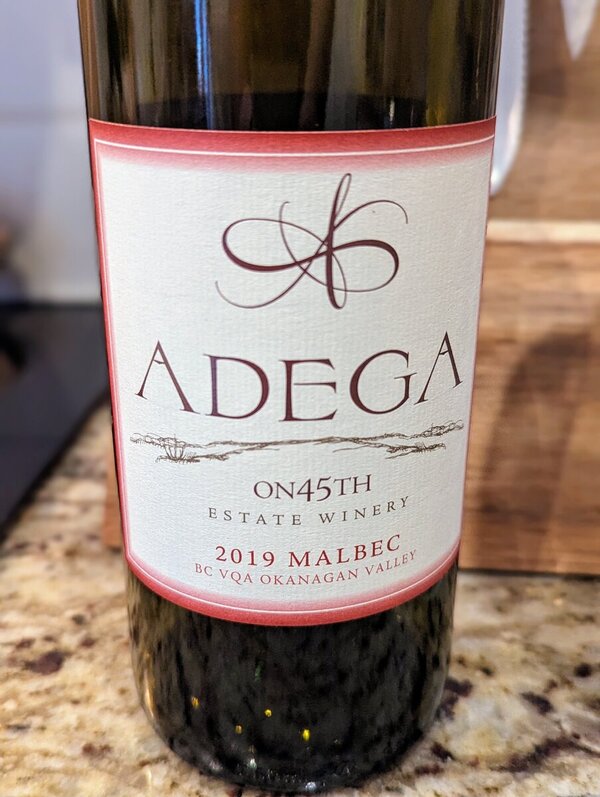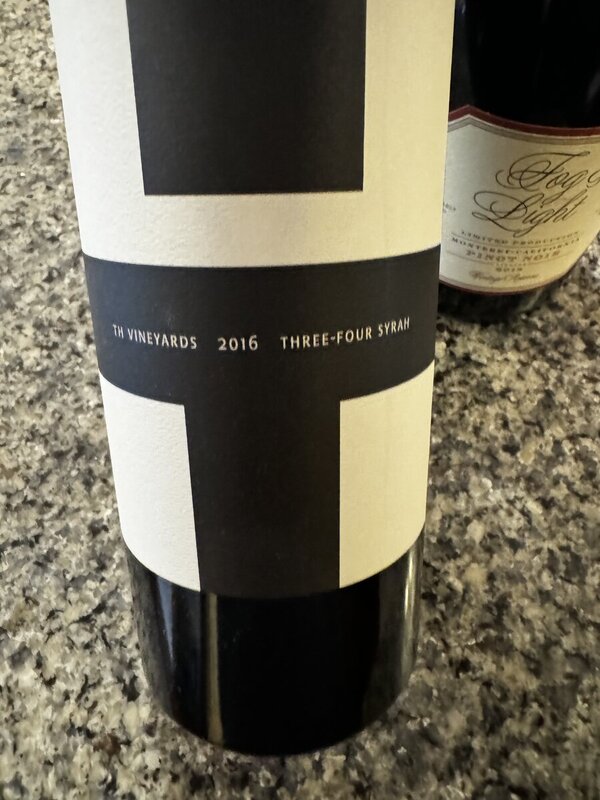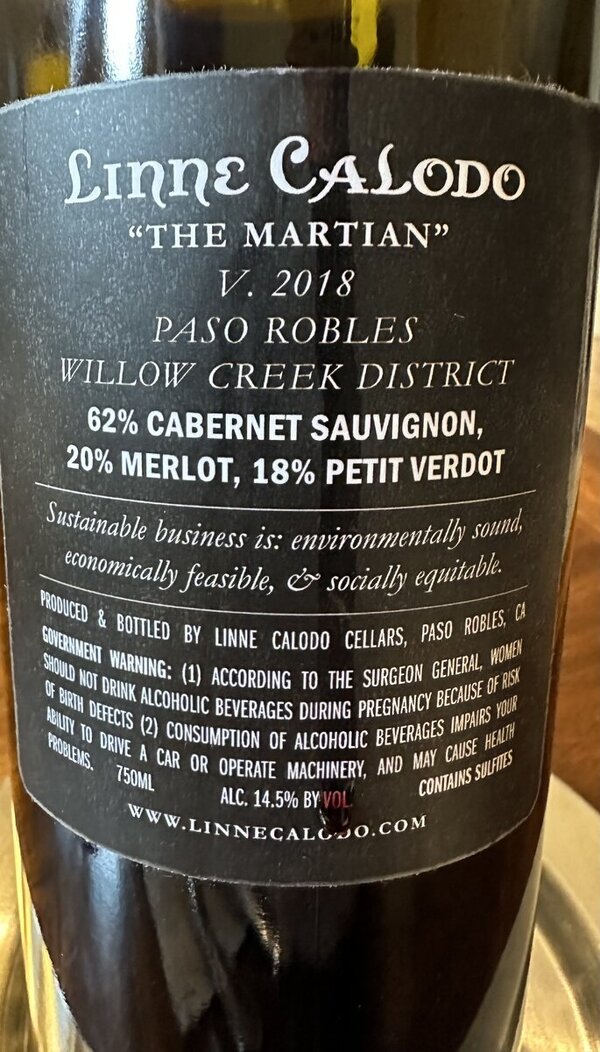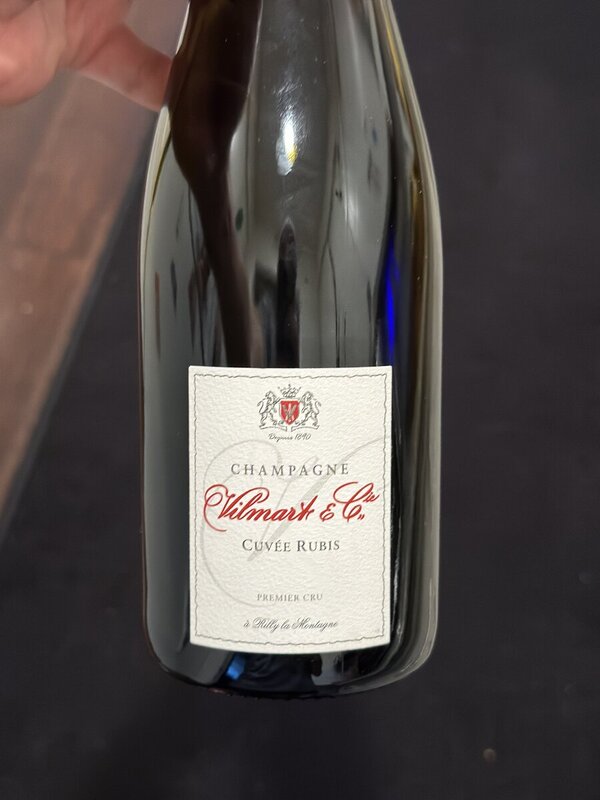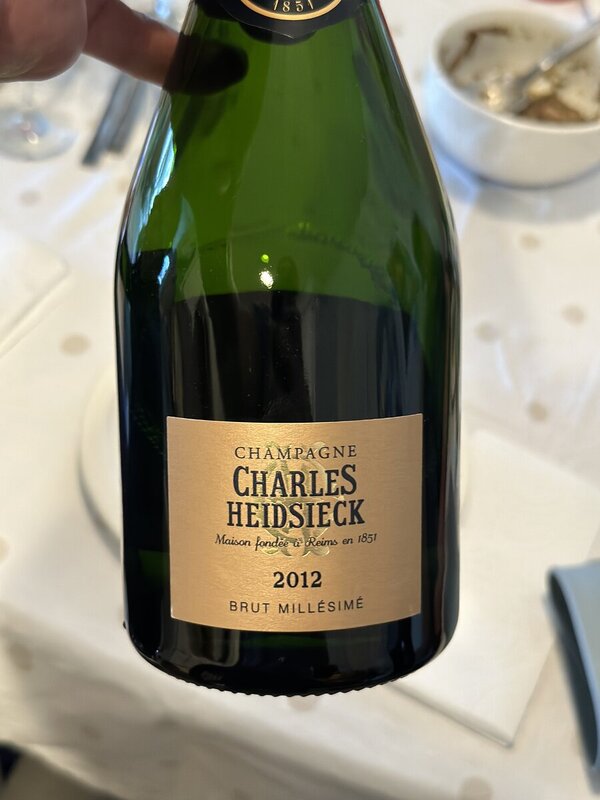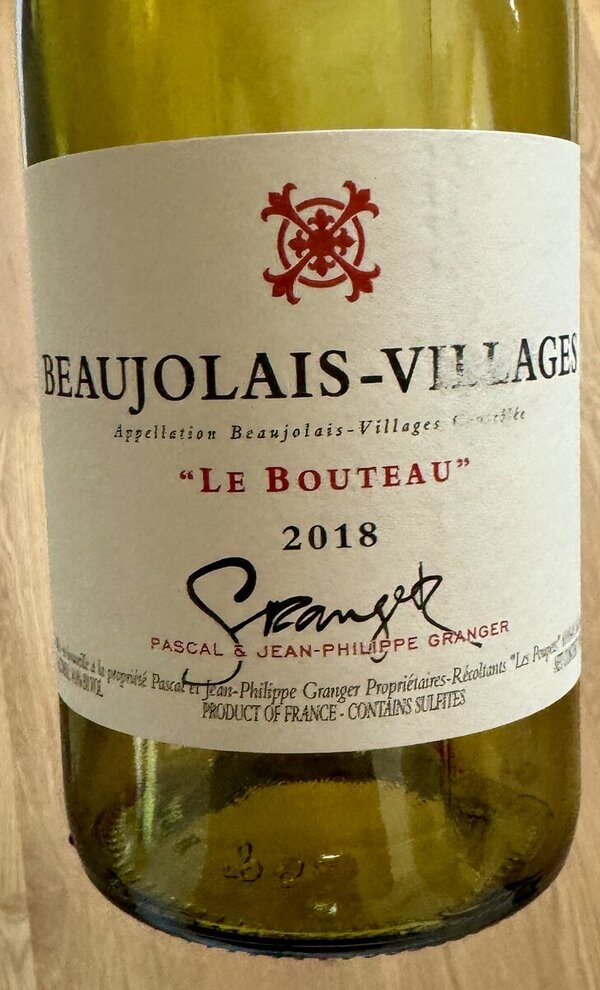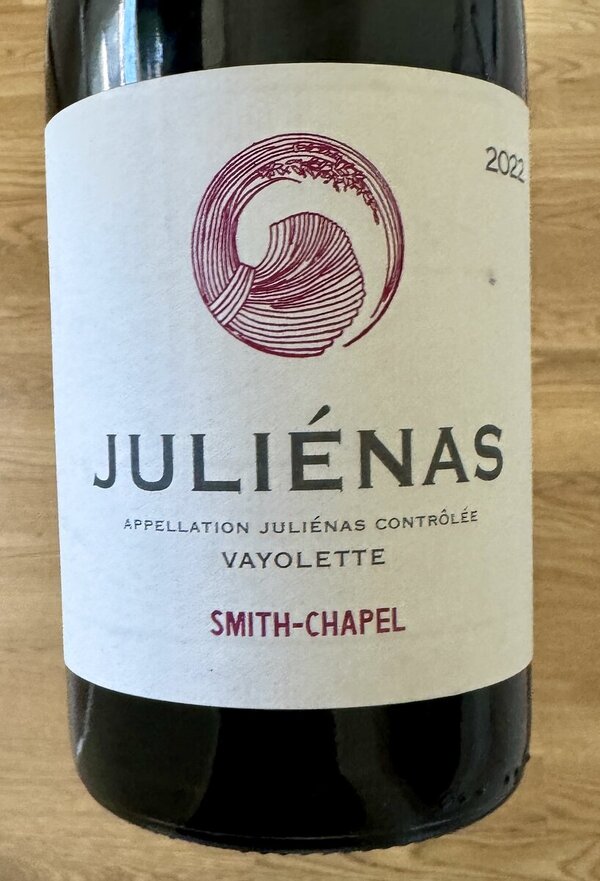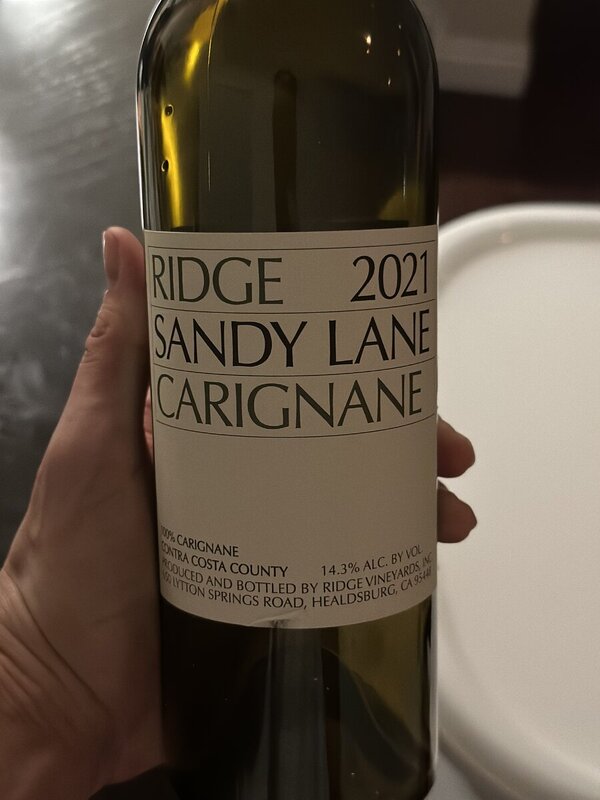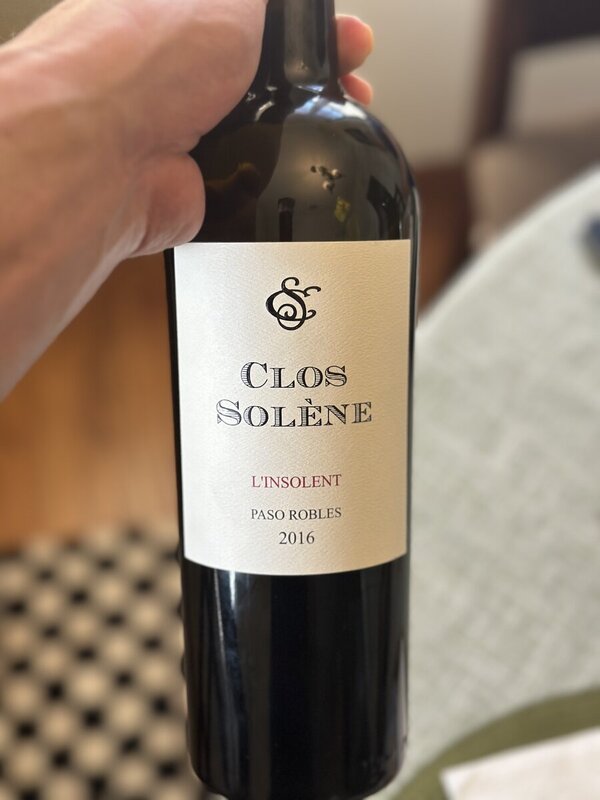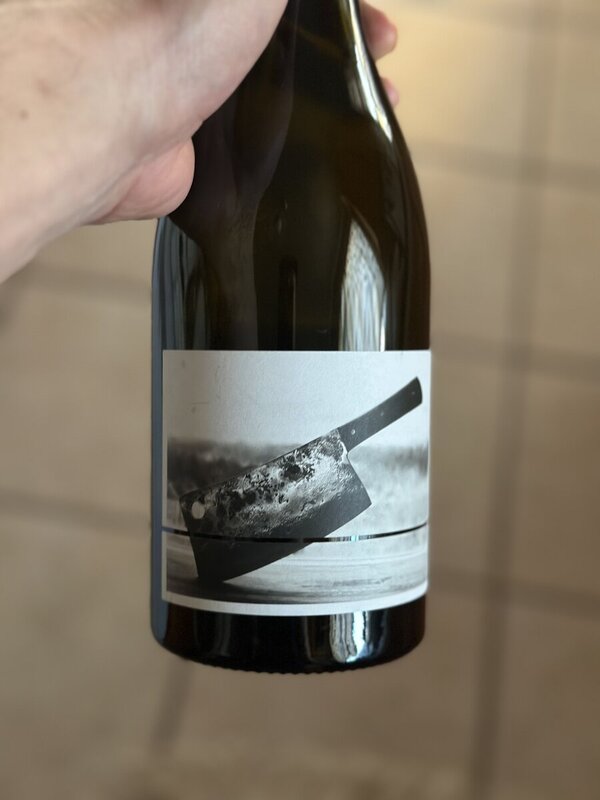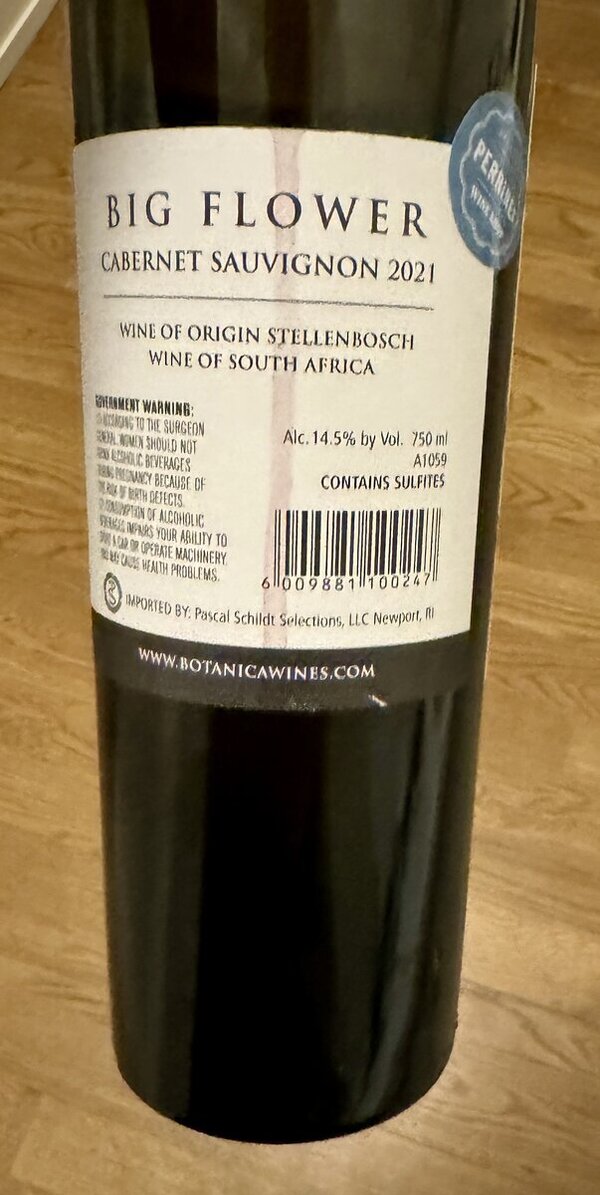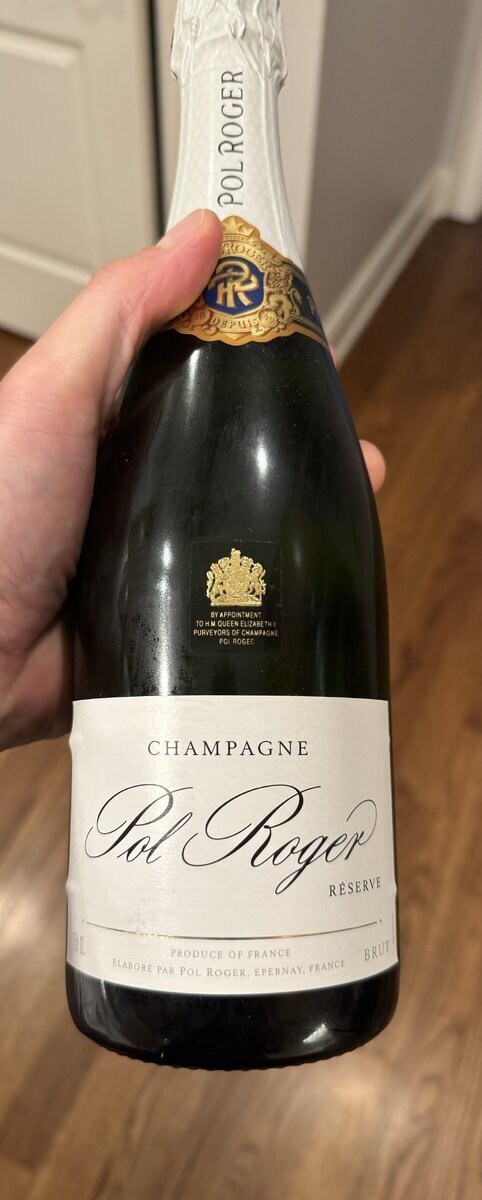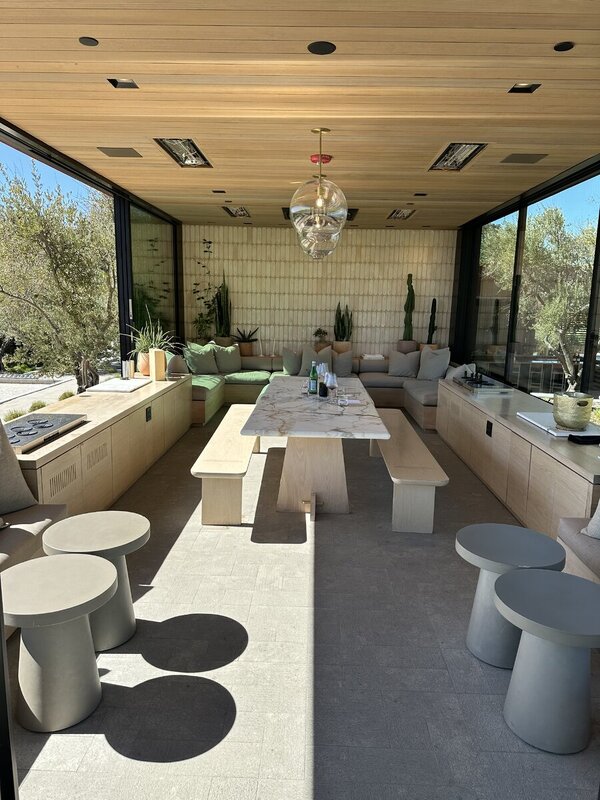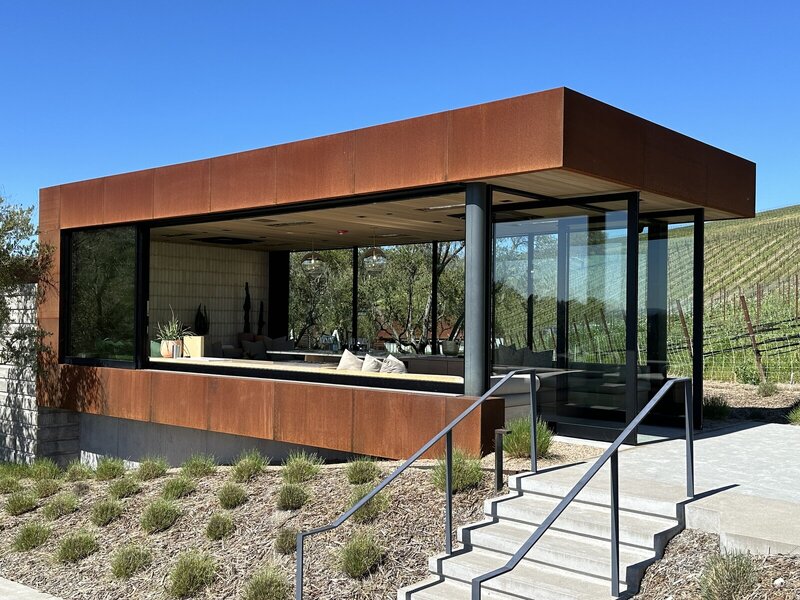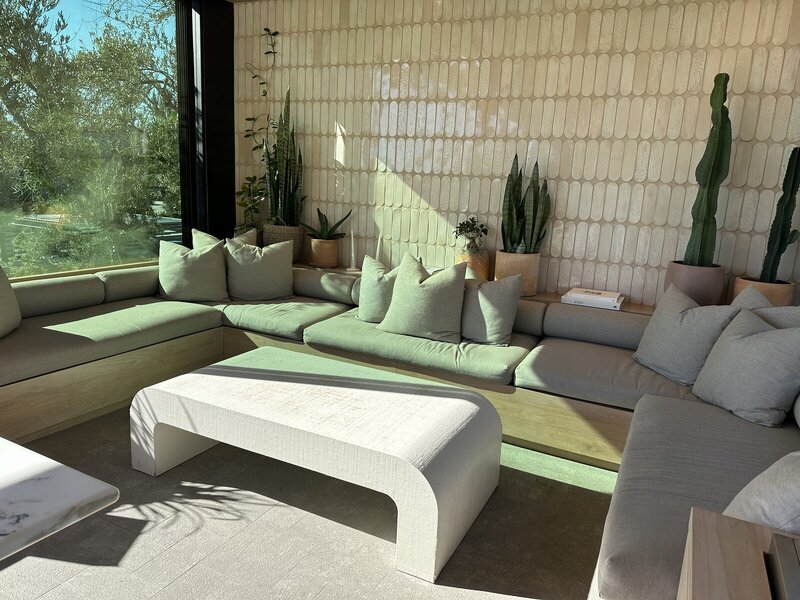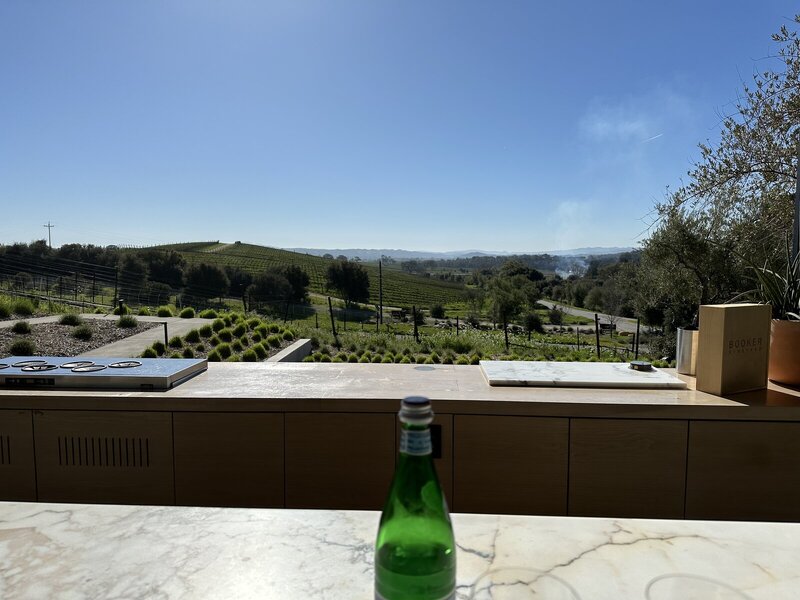Support the forum
Navigation
-
- Men's Style
- Classic Menswear
- Streetwear and Denim
- Preorders, Group Made-to-order, trunk shows, and o
- Menswear Advice
- Former Affiliate Vendor Threads; a Locked Forum.
- Career and job listings in fashion, mens clothing,
-
- American Trench
- AMIDÉ HADELIN
- Archibald London
- The Armoury
- Arterton
- Besnard
- Canoe Club
- Capra Leather
- Carmina
- Cavour
- Crush Store
- De Bonne Facture
- Drinkwater's Cambridge
- Drop93
- eHABERDASHER
- Enzo Custom
- Epaulet
- Exquisite Trimmings
- Fils Unique
- Gentlemen's Footwear
- Giin
- Grant Stone
- House of Huntington
- IsuiT
- John Elliott
- Jonathan Abel
- Kent Wang
- Kirby Allison
- Larimars Clothing
- Lazy Sun
- LuxeSwap
- Luxire Custom Clothing
- Nicks Boots
- No Man Walks Alone
- Once a Day
- Passus shoes
- Proper Cloth
- SARTORIALE
- SEH Kelly
- Self Edge
- Shop the Finest
- Skoaktiebolaget
- Spier and MacKay
- Standard and Strange
- Bespoke Shoemaker Szuba
- Taylor Stitch
- TLB Mallorca
- UNI/FORM LA
- Vanda Fine Clothing
- Von Amper
- Wrong Weather
- Yeossal
- Zam Barrett
Install the app
More options
-
Hi, I am the owner and main administrator of Styleforum. If you find the forum useful and fun, please help support it by buying through the posted links on the forum. Our main, very popular sales thread, where the latest and best sales are listed, are posted HERE
Purchases made through some of our links earns a commission for the forum and allows us to do the work of maintaining and improving it. Finally, thanks for being a part of this community. We realize that there are many choices today on the internet, and we have all of you to thank for making Styleforum the foremost destination for discussions of menswear. -
This site contains affiliate links for which Styleforum may be compensated.
-
STYLE. COMMUNITY. GREAT CLOTHING.
Bored of counting likes on social networks? At Styleforum, you’ll find rousing discussions that go beyond strings of emojis.
Click Here to join Styleforum's thousands of style enthusiasts today!
Styleforum is supported in part by commission earning affiliate links sitewide. Please support us by using them. You may learn more here.
You are using an out of date browser. It may not display this or other websites correctly.
You should upgrade or use an alternative browser.
You should upgrade or use an alternative browser.
The Official Wine Thread
- Thread starter audiophilia
- Start date
- Watchers 259
jcman311
Distinguished Member
- Joined
- Feb 11, 2015
- Messages
- 8,183
- Reaction score
- 8,156
Was this everyone's favorite pseudo political figure? Not that it matters.Never discussed too much. South Africa was pretty much rarely a topic except for the occasional Steen (Chenin Blanc) and Oregon Pinots were not disliked.
Piobaire
Not left of center?
- Joined
- Dec 5, 2006
- Messages
- 81,837
- Reaction score
- 63,376
Piobaire
Not left of center?
- Joined
- Dec 5, 2006
- Messages
- 81,837
- Reaction score
- 63,376
A fun post from back in the day and one of Manton's extremely erudite posts on Burgundy.
I'll bet somebody $20 that KWilk has a headache right now.
Actually I woke up feeling perfect. Still a little wobbly, but no headache. Ahhhhh, youth.
BTW, for the record, while I was fall-down drunk last night, Pio was just riding a slight buzz. We were matching drink for drink.![shog[1].gif](https://www.styleforum.net/images/smilies/shog[1].gif)
This is being (was, at this point) written on a plane, with no sources handy. Some of it may be wrong, thought I don't think so, but if so someone will surely correct me, and I thank them for it in advance.
Burgundy can seem like a giant conspiracy to confuse the wine consumer. It isn't, it just evolved in a way that makes everything very complicated. But if you investigate, you will find that there is a reason for every seemingly bizarre element.
The first thing to understand is that while Bordeaux is built around chateaux or estates, Burgundy is focused on vineyards. This is a key distinction. The great estates of Bordeaux have hardly changed since the 18th century. Owners come and go, but the packets of land have mostly stayed together, producing the same wine, forever and ever.
In Burgundy, the boundaries and names of the vineyards have not changed since the middle ages. But ownership has changed dramatically.
In ye olden times, the vineyards were mostly owned by the Church, in particular some very wealthy and insular monasteries, as well as some other institutions operated by various religious orders. Some vineyards were also owned by noble families. But mostly it was the Church.
For hundreds of years, monks made the best Burgundy wine. They divided into three categories: "Cuvees des Papes" (vats for the popes); "Cuvees des Rois" (vats for the kings); and "Cuvees des Moines" (vats for the monks). Naturally, these were in descending order of quality. This is really wine 101, but in case you didn't know, great wine comes from bad soil: gravelly, runny, quick draining, not rich. You want the vines to struggle. The older they are, the better.
As a general matter (not foolproof, but reliable), the best wines -- cuvees des papes -- were grown on the upper slopes of the hills that run down Burgundy's spine. The second best were made on the hillsides, but lower down, closer to the base. And the ordinary wine was made on the vineyard floors.
One of the aims of the French Revolution was to curtail the power of the Church and to redistribute its vast wealth. One of the ways this was done was to break up the holdings of the monasteries. And one of the ways they did that was to parcel out small pieces of the various Burgundy vineyards to local peasant growers. Some these farmers were simply given plots that their families had already worked for generations, though to little benefit to themselves (beyond subsistence).
However, the tradition behind those vineyards was strong, as was their reputation. So the names remained. This was a boon to many of the little guy famers. Suddenly some peasant owned several hectares of prime Burgundy land. Woo-hoo!
But what was he to do with it? Well, that was a problem. Some of them made their own wine. But many others had always just been growers and no idea how to make wine, nor did they have any equipment with which to do so or any way to afford any. Some of them just sold their crop to the monks, but the monks didn't have as much money as before, and so could not buy it all.
A new player emerged: the "negociant." These were (are) merchants who buy wine (or grapes) from all over Burgundy and bottle, blend, and/or make the wine themselves"”and also of course market and sell it.
Now, no matter who made it, all of the wine grown in a given "name" vineyard would have the name of that vineyard on it. It might have been made and bottled by the grower. It might have been made by the grower but sold to some other maker with a plot in the same vineyard. Or it might have been sold to a negociant who bought up lots from several different growers in the same vineyard and blended it together. Or it might have been harvested by the grower and sold as grapes. Or the owner of that small plot might never have set foot in it all year, and merely sold the rights to grow, harvest and crush his grapes.
Another "reform" only made things more complicated. The Napoleonic Code, in an effort to destroy primogeniture and the concentration of wealth in a few families, required that land be divided equally among all sons. Even the vineyards. Hence vineyards that were already cut up into little parcels got cut up even further. The number of individual holdings within a single named vineyard exploded, as did the number of bottlings bearing that vineyard's name.
Eventually the French government stepped in. The French love to classify things. It's one of the things that make them so cute. They like to have the government rate their most famous products. In the case of Burgundy, the vineyards are classified, not the wines (this is important). The basic Burgundy classification has four categories: Grand Cru, Premier Cru, Appellation Communale ("village" wines), and Bourgogne (i.e., "Burgundy," or everything else). Roughly speaking, Grand Crus correspond to the old Cuvees des Papes, Premier Crus to Cuvees des Rois, and everything else to Cuvee des Moines. But really they are government creations, meant to capture the quality of the various wines that come from the vineyards. Like any attempt to rationalize something variable and subjective, this one has its limits, though most agree that it is pretty accurate.
It breaks down as a predictor of quality, however, because they are so many factors from soil to glass that can affect the quality of the wine.
So what you have are vineyards whose names and boundaries are hundreds of years old, but which are divided into little parceled owned, in some cases, but more than a hundred different growers. Not all of them are equally committed to making good wine. Some might be trying hard, but just are not that good at it. Some might sell to negociants every year, or in some years but not others. Some don't grow at all, some grow but don't crush, or crush but don't bottle, you name it. When you factor in the number of growers plus all the possible paths that wine can take from vine to bottle, it gets unnerving. There might be literally hundreds of ways that wine called "Echezeaux" (to name one famous vineyard) could end up in a bottle. Some might be very good. Some very mediocre. All of it is going to expensive, however.
Now, by law, you can't blend Grand or Premier Cru and still call it that. That is, if it says on the label "Clos de Vougeout Grand Cru" that means that every drop in that bottle MUST have come from the Clos de Vougeout Grand Cru vineyard (which is in the Vougeot commune of the Nuits St. George village in the Cote de Nuits region). BUT"”not every drop had to come from the same grower, or from the same part of the vineyard.
And here it gets even MORE complicated. Some the vineyards are large. So large that a plot over here makes better wine from a plot over there. This is especially true of big hillside vineyards like Clos de Vougeout, which stretch from the flats up a hillside. The vines on the slopes make better wine than those in the flats. How do you know what you are getting? It won't say on the label. The only way is to do research and figure out which producers have the best plots. Chances are, they will charge the most, which is a reliable sign.
What is a producer? It could be a negociant, someone who owns little or no land and buys all his wine (or grapes). Or it could be a little grower who owns his own vats. Or it could be a combination of a grower who works in partnership with a winemaker to produce the wine.
You can get to know, or try, who the producers are, but it is hard. The big negociants are the easiest to come to recognize, and the good ones - Bouchard, Jadot, Latour, etc. - make consistently good wines. But the ranges of their offerings is so wide that it is hard to keep track of them all, and easy to get confused thinking you are buying the same thing when really it is totally different.
Or you can try to home in on little guys, whose offerings are very few. This way you are not likely to go astray if you know you like what they make, but availability can be a major problem, especially in the US. So you are screwed either way.
But back to the classification. Premier Crus are single vineyards with names and many owners, just like Grand Crus. Only they are held to be less good. And generally they are. But a Premier Cru from a great producer can be better than a Grand Cru from a mediocre producer. Remember, cru only rates the soil. What people do with it still matters a lot.
Now, there are some (not many) "monopole" vineyards. That means that they entire historic plot is owned by one person/company, and they make and bottle all of it. The most famous Burgundy producer of all is the Domaine de la Romanee Conti. The name is taken from the Romanee Conti Grand Cru vineyard, which they own outright, and which makes what is arguably the best red wine in the whole world.
The rest of the named vineyards are neither Grand Cru nor Premier Cru, but just Appellation Communale. This means that they are properly considered name vineyards and producers can put the name on the label, but again only if every drop comes from that one vineyard. As a practical matter, these vineyards are mostly not famous enough to justify that treatment, and they can't command high enough prices. So that wine gets blended in with other wine from the same commune. A commune, incidentally, is basically a village plus the area around it. So, a larger scope than a vineyard, but still quite small. There are several commune labels in Burgundy - for instance, Corton, Vougeout, Pommard - that can produce wines of unique individual character. But, again, all that means is that all the wine in the bottle was grown on vineyards in (say) Pommard; you still have to contend with whether the producer was great, good, mediocre or bad.
Another complicating factor is that sometimes the name of a village is the same as or similar to the name of it the most famous nearby Grand Cru vineyard. There probably is no more storied geographical name in Burgundy than Montrachet. This is the land of the hallowed whites. But! There are four Grand Cru vineyards with "Montrachet" in their names, and also two surrounding communes! So you may be buying "Montrachet" but Batard-Montrachet is a Grand Cru whereas Chassagne-Montrachet is a village wine. Got it?
In a similar vein, Vosnee-Romanee is not Romanee-Conti.
They you have everything else. This wine is just labeled "Bourgogne," meaning it is from Burgundy, and is 100% pinot (if red) or chard (if white). Other aspects of growing and bottling are also governed by French law for the wine to be allowed to call itself "Burgundy."
This is, as noted, just a primer. There is a lot to learn about the actual geography, the major regions, etc. Actually, there is a lot to learn, period. I don't know the half of it. But I hope I have explained the main reasons behind the complexity.
jcman311
Distinguished Member
- Joined
- Feb 11, 2015
- Messages
- 8,183
- Reaction score
- 8,156
Lol wut? TL DR. Well, got to about Napoleon and said F it.A fun post from back in the day and one of Manton's extremely erudite posts on Burgundy.
@kwilkinson message about looking at Cellartracker on Piob's Blackberry...

- Joined
- May 30, 2013
- Messages
- 16,906
- Reaction score
- 38,686
Sometimes you feel like some rusticity.

Piobaire
Not left of center?
- Joined
- Dec 5, 2006
- Messages
- 81,837
- Reaction score
- 63,376
Lol wut? TL DR. Well, got to about Napoleon and said F it.
@kwilkinson message about looking at Cellartracker on Piob's Blackberry...

TBF, it was 2009!
******* Interwebs was down at the hotel and most of the town while we were there. Very frustrating.
jcman311
Distinguished Member
- Joined
- Feb 11, 2015
- Messages
- 8,183
- Reaction score
- 8,156
I meant his drunken poast. Not the wifi.TBF, it was 2009!
******* Interwebs was down at the hotel and most of the town while we were there. Very frustrating.
went uout to dinrner with piobaire tonightttttttf.
we had one decen pniot noir wit idner and one realy good one.
tehn i saw his celrartarcekr on his blackberhys torm and it is rucking legit nigers.
lik 350 bnottles that suound increlible.
pio is great guyi.
- Joined
- May 30, 2013
- Messages
- 16,906
- Reaction score
- 38,686
Sonoma sux BTW.
FEATURED PRODUCTS
-
 LuxeSwap Auction - Vintage Antique United States Naval Navy Denim Deck Jacket
A piece for denim heads, vintage collectors, streetwear enthusiasts and menswear enthusiasts alike, this extremely rare early US Naval issued deck jacket in raw denim is not likely to ever show up at auction again anytime soon. A Haleys Comet of menswear items, offered at auction at a $9.99 starting bid with no reserve.
LuxeSwap Auction - Vintage Antique United States Naval Navy Denim Deck Jacket
A piece for denim heads, vintage collectors, streetwear enthusiasts and menswear enthusiasts alike, this extremely rare early US Naval issued deck jacket in raw denim is not likely to ever show up at auction again anytime soon. A Haleys Comet of menswear items, offered at auction at a $9.99 starting bid with no reserve.
-
 Wellington Chore Boot - Special Introductory Price! $495
Introducing the latest addition to Nicks Handmade Boots collection: The Wellington Chore Boot. Engineered for the rigors of daily tasks, this boot is more than just footwear; it's a reliable companion for your everyday adventures. Crafted with convenience in mind, its effortless pull-on design ensures you're always ready to tackle whatever the day throws your way.
Wellington Chore Boot - Special Introductory Price! $495
Introducing the latest addition to Nicks Handmade Boots collection: The Wellington Chore Boot. Engineered for the rigors of daily tasks, this boot is more than just footwear; it's a reliable companion for your everyday adventures. Crafted with convenience in mind, its effortless pull-on design ensures you're always ready to tackle whatever the day throws your way.
-
Besnard - Made to Order Trousers - $351 Design your ideal pair of trousers by selecting a fabric, deciding between single or double pleats, choosing a zip or button fly, and opting for side adjusters or belt loops.
Latest posts
- Replies
- 631
- Views
- 221,100
- Replies
- 39,815
- Views
- 5,874,876
- Replies
- 86,594
- Views
- 14,633,618
- Replies
- 43,960
- Views
- 7,901,859
- Replies
- 8,362
- Views
- 1,755,794
Similar threads
- Replies
- 24
- Views
- 6,047
- Replies
- 17
- Views
- 1,861
- Replies
- 37
- Views
- 7,624
Featured Sponsor
Forum Sponsors
- American Trench
- AMIDÉ HADELIN
- Archibald London
- The Armoury
- Arterton
- Besnard
- Canoe Club
- Capra Leather
- Carmina
- Cavour
- Crush Store
- De Bonne Facture
- Drinkwater's Cambridge
- Drop93
- eHABERDASHER
- Enzo Custom
- Epaulet
- Exquisite Trimmings
- Fils Unique
- Gentlemen's Footwear
- Giin
- Grant Stone
- House of Huntington
- IsuiT
- John Elliott
- Jonathan Abel
- Kent Wang
- Kirby Allison
- Larimars Clothing
- Lazy Sun
- LuxeSwap
- Luxire Custom Clothing
- Nicks Boots
- No Man Walks Alone
- Once a Day
- Passus shoes
- Proper Cloth
- SARTORIALE
- SEH Kelly
- Self Edge
- Shop the Finest
- Skoaktiebolaget
- Spier and MacKay
- Standard and Strange
- Bespoke Shoemaker Szuba
- Taylor Stitch
- TLB Mallorca
- UNI/FORM LA
- Vanda Fine Clothing
- Von Amper
- Wrong Weather
- Yeossal
- Zam Barrett
Members online
- jj02138
- grs
- Coastal Ivy
- pm.iwanowski
- Gibonius
- Jaygti
- smfdoc
- patelsd
- stro
- Bidouleroux
- liningmars
- Duke Silver
- fasyionewbie
- knitsandlifts
- Steff_mat
- RedLantern
- jdhoop
- ricoishere
- grenache
- Awcine
- dupuytren
- sensuki
- LouisDavout
- Leiker
- brokencycle
- leapyourbar
- Encore
- irbe
- Szeph el raton
- sushijerk
- csm88
- JohnyY
- solid_olid
- deanandrewj
- wolfdale
- howardeb
- single_origin
- shoewarma
- RamiJ
- Fenners81
- Jason12
- chrispy650
- krebsy
- mak1277
- GodAtum
- WatchesCars
- CLH03
- seanwolff
- Newcomer
- NassimBandini
Total: 1,974 (members: 100, guests: 1,874)
